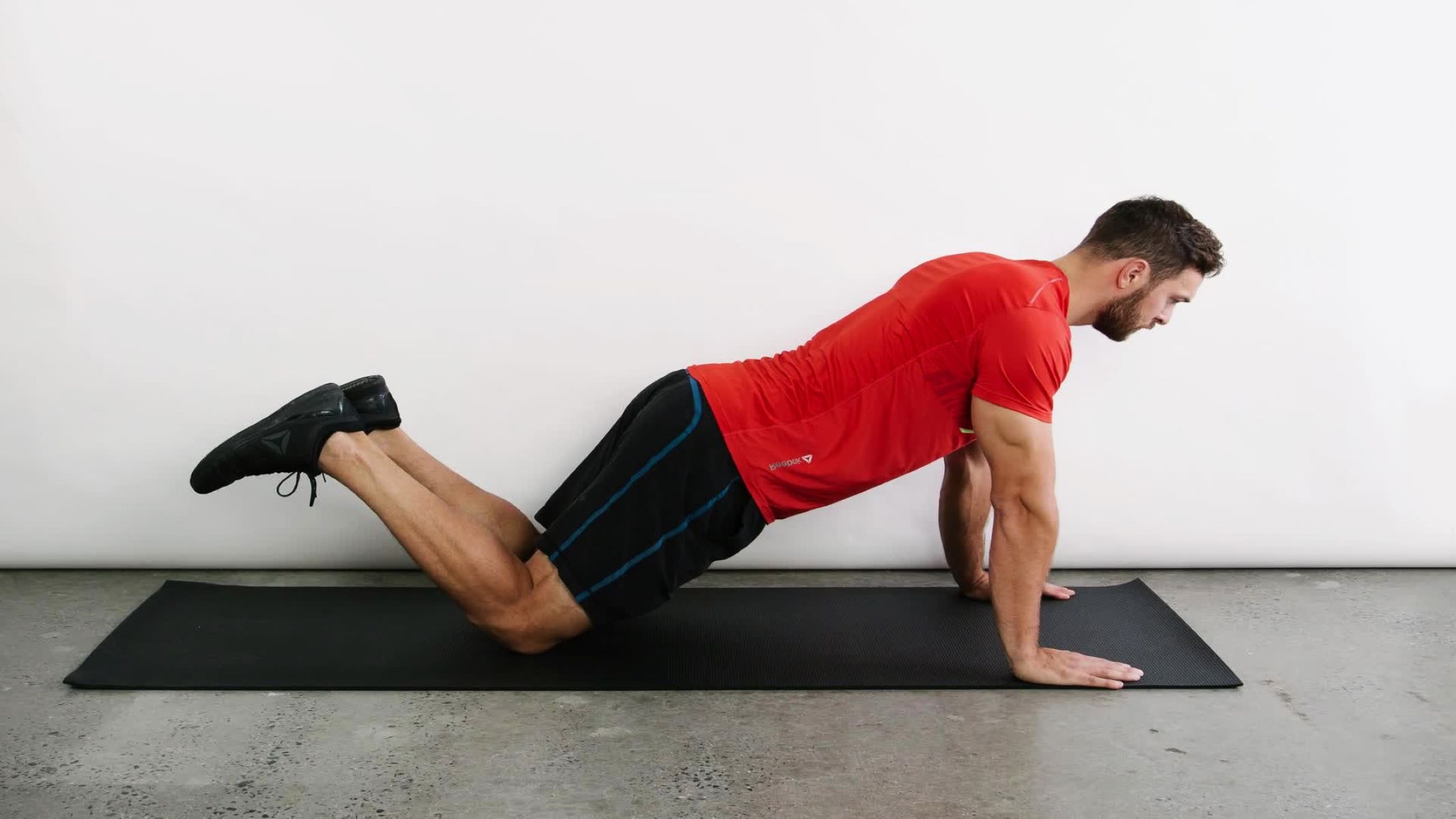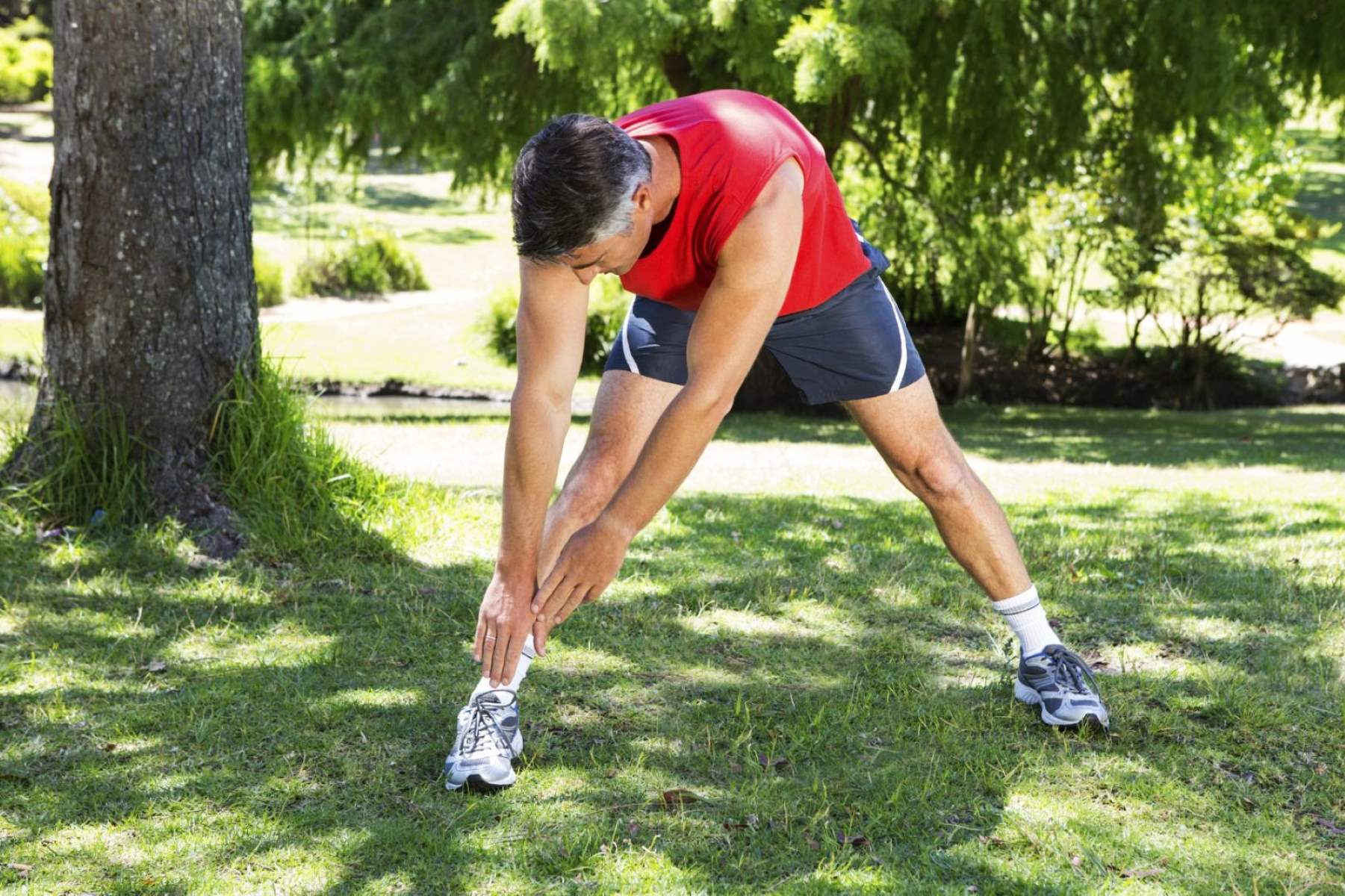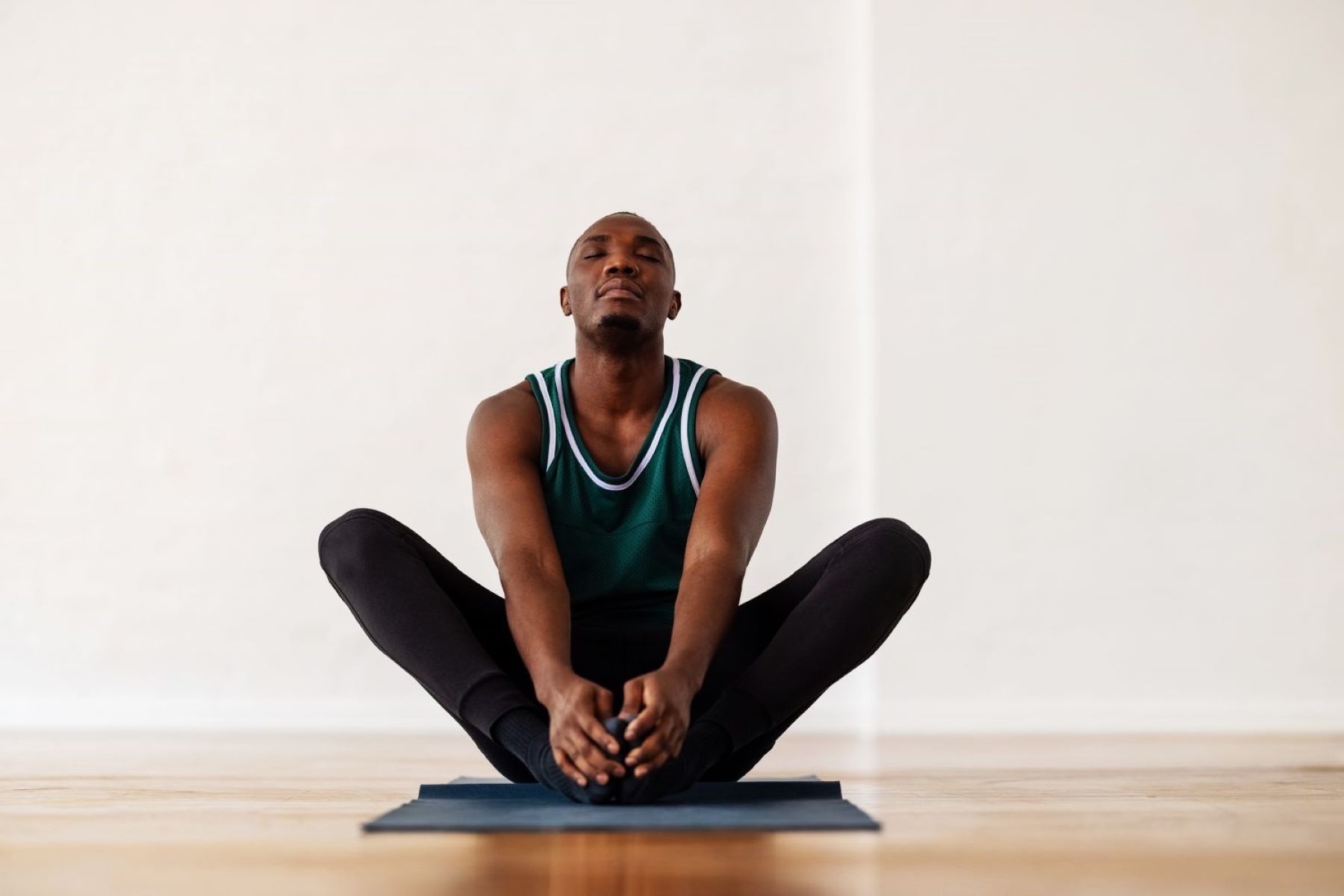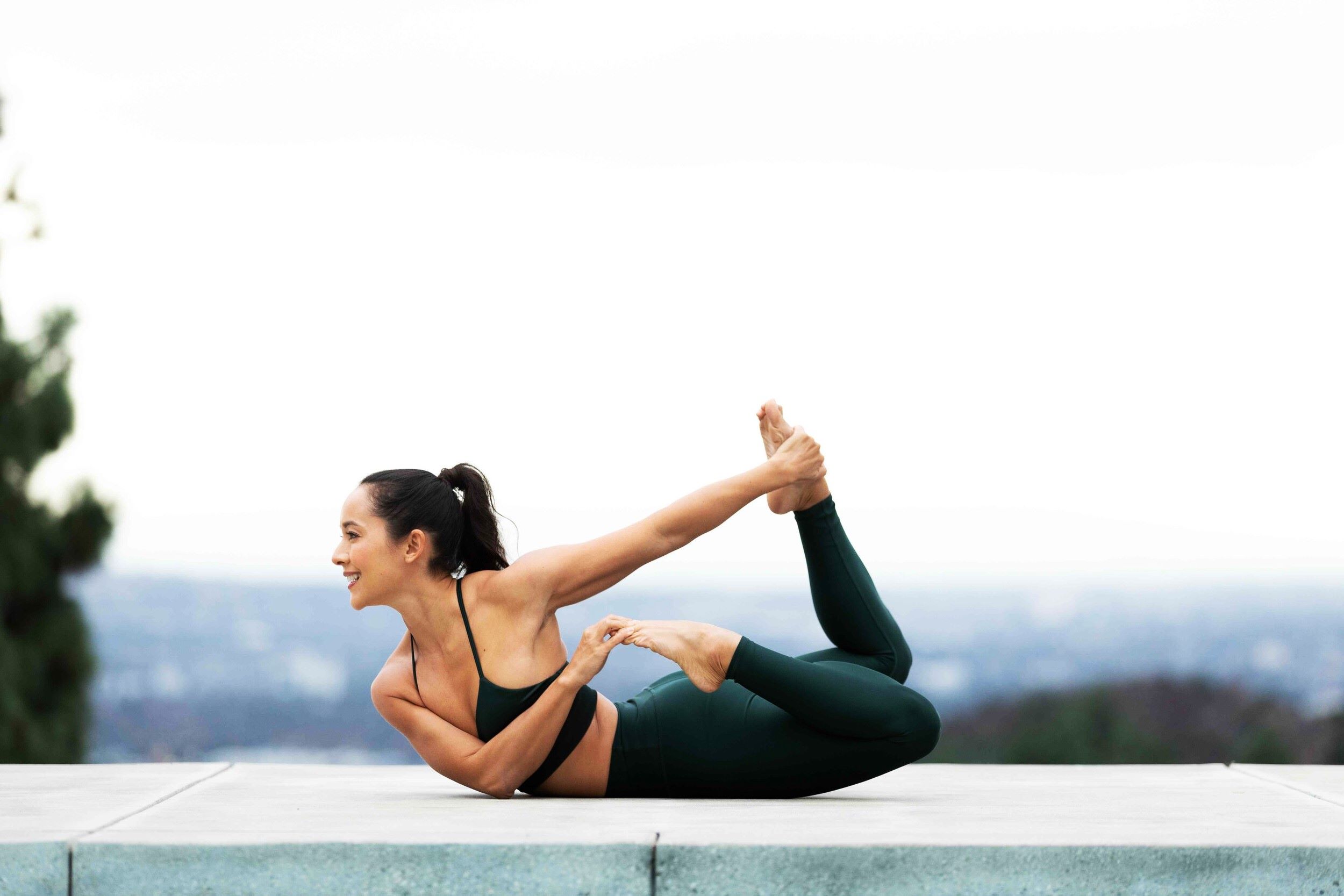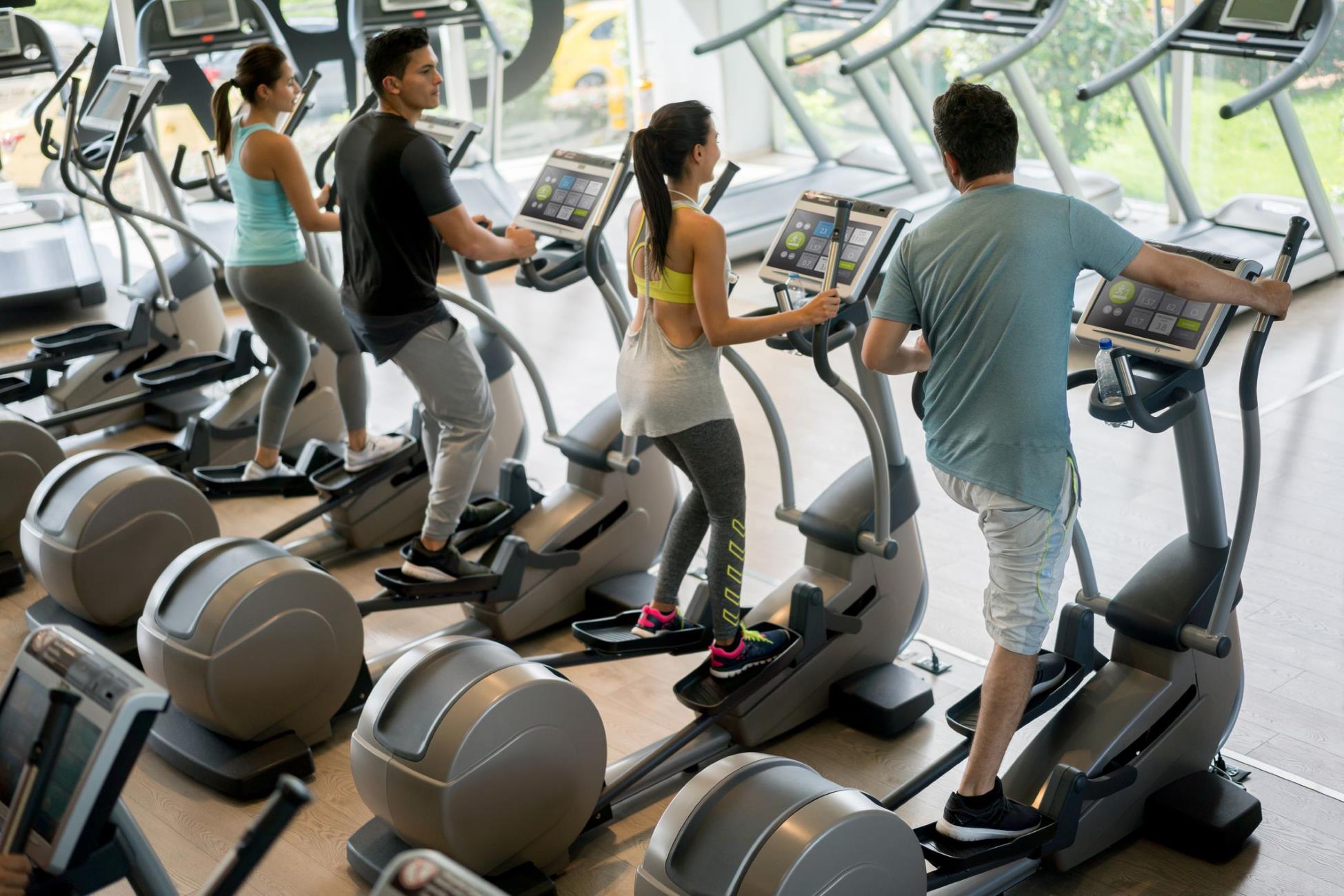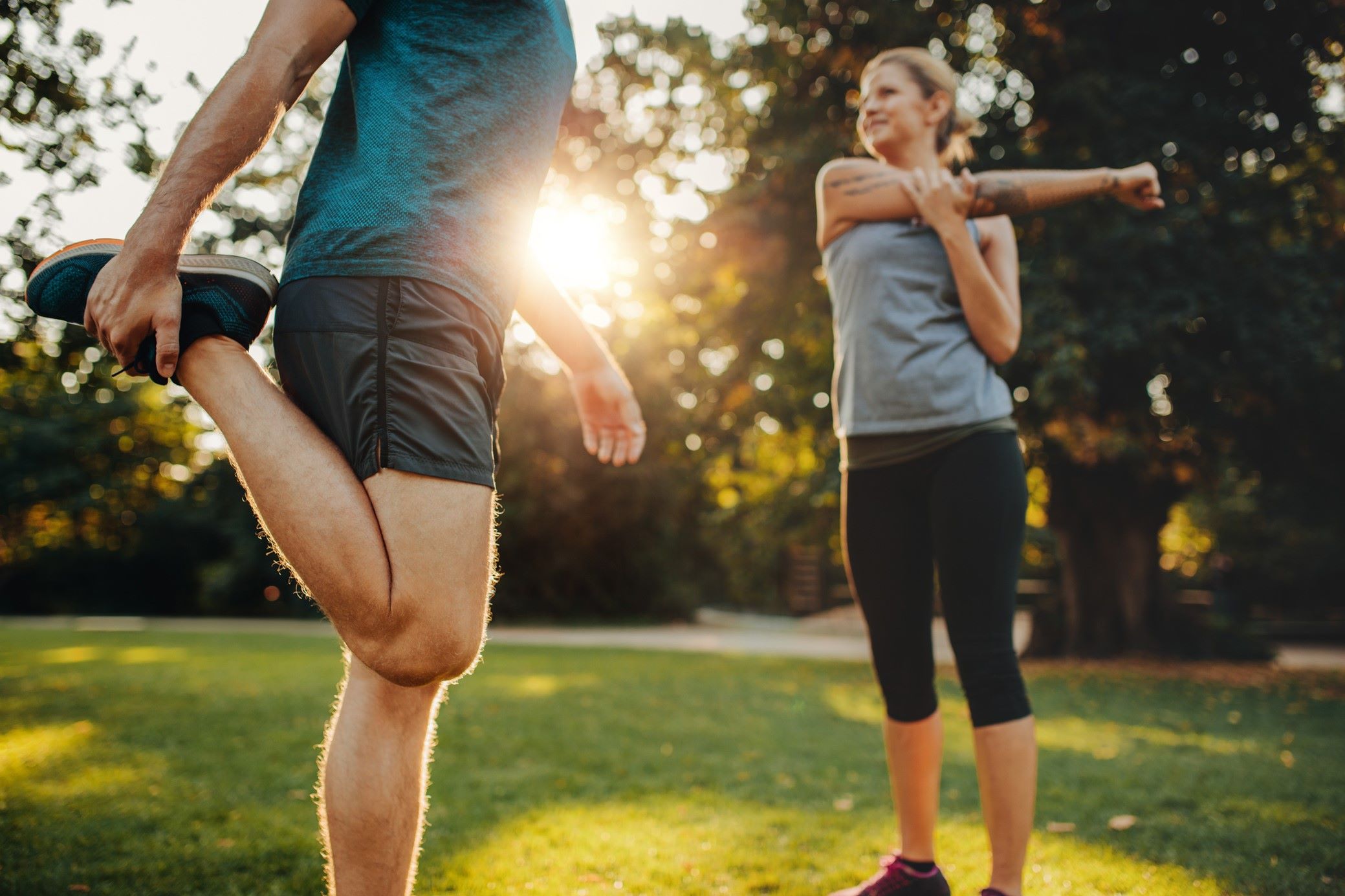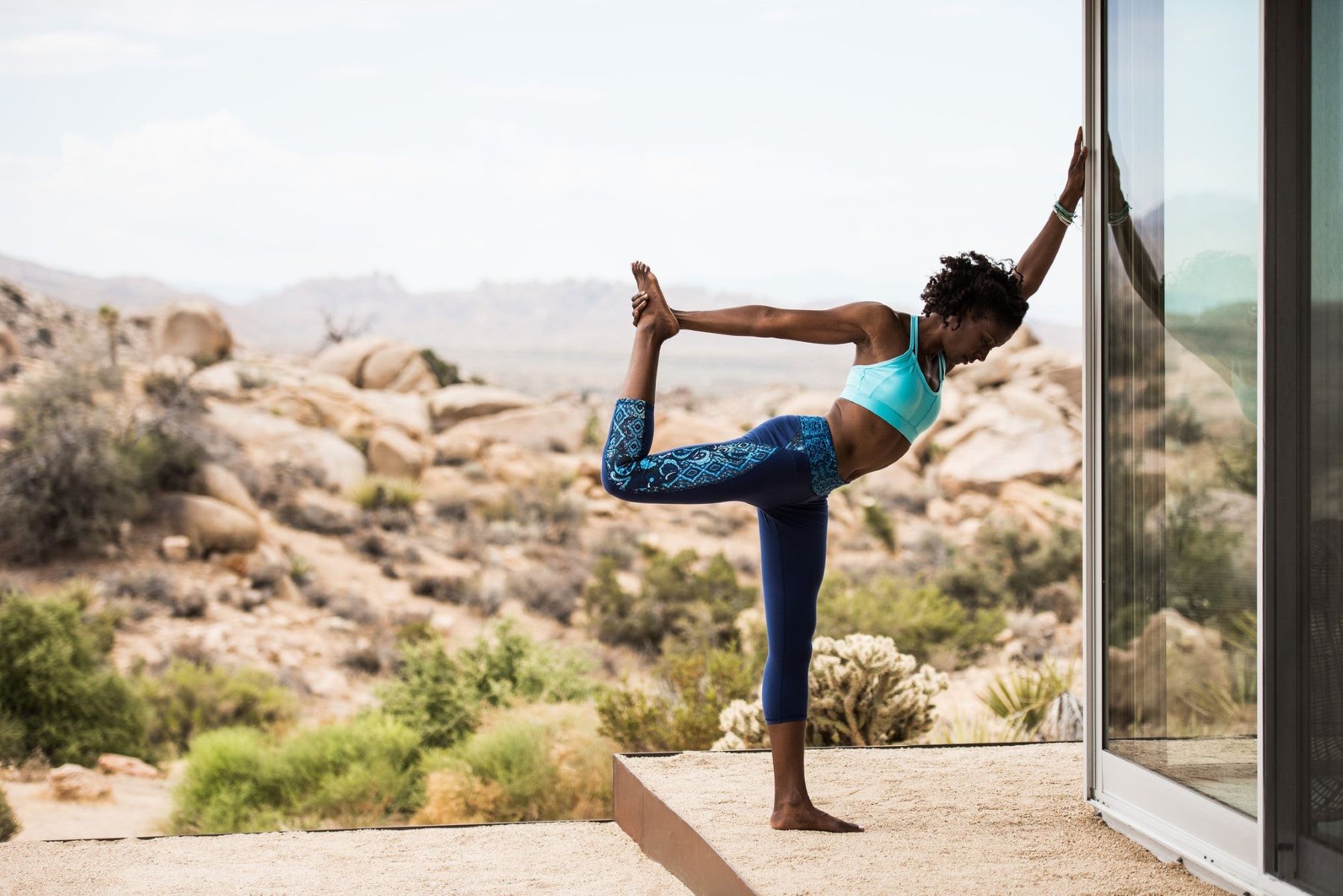Home>Training & Techniques>The Importance Of Incorporating High Knees In Your Warm-Up Routine


Training & Techniques
The Importance Of Incorporating High Knees In Your Warm-Up Routine
Published: March 2, 2024
Learn the significance of including high knees in your warm-up routine for effective training & techniques. Elevate your workout with this essential exercise.
(Many of the links in this article redirect to a specific reviewed product. Your purchase of these products through affiliate links helps to generate commission for Therunningadvisor.com, at no extra cost. Learn more)
Table of Contents
Benefits of High Knees in Warm-Up
Incorporating high knees into your warm-up routine offers a myriad of benefits that can significantly enhance your overall workout experience. This dynamic exercise not only prepares your body for the physical demands of your training session but also contributes to improved performance and reduced risk of injury. Let's delve into the specific advantages of integrating high knees into your warm-up:
-
Enhanced Blood Circulation: Engaging in high knees during your warm-up stimulates blood flow to the lower body, effectively priming your muscles for the upcoming workout. This increased circulation delivers essential nutrients and oxygen to the muscles, promoting optimal function and reducing the likelihood of cramps or strains.
-
Improved Range of Motion: The rhythmic motion of lifting your knees towards your chest during high knees helps to loosen and warm up the hip flexors, quadriceps, and hamstrings. This dynamic stretching action gradually increases the range of motion in these muscle groups, enhancing flexibility and reducing the risk of injury during subsequent exercises.
-
Activation of Core Muscles: Performing high knees requires engaging the core muscles to stabilize the body and maintain proper form. This activation not only strengthens the core but also helps to improve overall posture, which is essential for maintaining proper alignment during various workout movements.
-
Elevated Heart Rate: High knees serve as an effective cardiovascular warm-up exercise, elevating the heart rate and preparing the cardiovascular system for more intense physical activity. This gradual increase in heart rate primes the body for higher intensity exercises, such as running, jumping, or strength training, leading to improved endurance and performance.
-
Enhanced Coordination and Agility: The repetitive nature of high knees helps to enhance coordination and agility, as it requires synchronization between the upper and lower body. This improved coordination can translate to better performance in activities that demand quick footwork and precise movement patterns.
Incorporating high knees into your warm-up routine can significantly contribute to a more effective and safer workout experience. By reaping the benefits of enhanced blood circulation, improved range of motion, core muscle activation, elevated heart rate, and enhanced coordination, you can set the stage for a successful and fulfilling training session.
Proper Form and Technique for High Knees
Mastering the proper form and technique for high knees is essential to maximize the benefits of this dynamic warm-up exercise. By executing high knees with precision and control, you can effectively prepare your body for the physical demands of your workout while minimizing the risk of injury. Here's a detailed guide on the correct form and technique for performing high knees:
-
Posture and Alignment: Stand tall with your feet hip-width apart and your arms hanging naturally by your sides. Maintain a straight posture with your shoulders relaxed and your gaze forward. Engage your core muscles to stabilize your body throughout the exercise.
-
Initiating the Movement: Begin by lifting your right knee towards your chest while simultaneously raising your left arm to a 90-degree angle. As you lower your right leg, swiftly alternate and lift your left knee towards your chest, raising your right arm in a coordinated motion. Continue this alternating movement rhythmically, ensuring a smooth transition between each knee lift.
-
Foot Positioning: Aim to lift your knees to a height that is comfortable for you, ideally reaching hip level or slightly higher. As you lift each knee, maintain a dorsiflexed foot position, with your toes pointing towards your shins. This helps to engage the lower leg muscles and promotes a fluid, efficient movement pattern.
-
Cadence and Tempo: Focus on maintaining a consistent cadence as you perform high knees, aiming for a steady and controlled rhythm. The pace should be brisk but manageable, allowing you to lift each knee with purpose and control. Avoid rushing through the movement, as this may compromise form and reduce the effectiveness of the exercise.
-
Arm Movement: Coordinate the lifting of your knees with the swinging motion of your arms, mirroring the natural movement pattern of running. The arm movement not only complements the action of the legs but also helps to engage the upper body, promoting overall coordination and balance.
-
Breathing: Pay attention to your breathing pattern during high knees, inhaling and exhaling in a natural and steady rhythm. Maintain a relaxed breathing pattern to support the flow of oxygen to your muscles, enhancing endurance and overall performance.
By adhering to these guidelines and focusing on proper form and technique, you can optimize the effectiveness of high knees as a warm-up exercise. Consistent practice and attention to detail will not only improve your performance but also contribute to a safer and more efficient workout routine. Incorporating high knees into your warm-up with precision and control sets the stage for a successful and fulfilling training session.
How High Knees Improve Flexibility and Mobility
High knees are a dynamic warm-up exercise that plays a pivotal role in enhancing flexibility and mobility, thereby preparing the body for the physical demands of a workout. The rhythmic motion of lifting the knees towards the chest during high knees serves as a form of dynamic stretching, targeting key muscle groups involved in lower body movement. By incorporating high knees into your warm-up routine, you can experience notable improvements in flexibility and mobility, which are essential for optimizing performance and reducing the risk of injury.
The repetitive action of lifting the knees towards the chest during high knees effectively stretches the hip flexors, quadriceps, and hamstrings. These primary muscle groups are integral to various lower body movements, including running, jumping, and squatting. As high knees gradually increase the range of motion in these muscle groups, they contribute to improved flexibility, allowing for a greater degree of movement without compromising muscle integrity.
Furthermore, the dynamic nature of high knees engages the muscles and joints in a fluid, rhythmic manner, promoting enhanced mobility. This continuous movement pattern helps to lubricate the joints and improve their overall flexibility, facilitating smoother and more efficient movement during subsequent exercises. Improved joint mobility is particularly beneficial for activities that involve a wide range of motion, such as lunges, agility drills, and sports-specific movements.
In addition to targeting specific muscle groups and joints, high knees also promote overall body coordination and balance, which are essential components of functional mobility. The synchronized action of lifting the knees and swinging the arms during high knees requires a harmonious interaction between the upper and lower body, fostering improved coordination and balance. This enhanced coordination can translate to better movement patterns and agility, contributing to overall mobility and physical performance.
By incorporating high knees into your warm-up routine, you can experience a gradual and effective improvement in flexibility and mobility, setting the stage for a more productive and safer workout. The dynamic stretching action of high knees targets key muscle groups, while the rhythmic movement pattern enhances joint mobility and overall coordination. As a result, high knees serve as a valuable tool for optimizing flexibility and mobility, ultimately contributing to a more efficient and fulfilling training session.
High Knees as a Cardiovascular Warm-Up Exercise
High knees are not only an effective way to prepare the body for physical activity but also serve as a valuable cardiovascular warm-up exercise. This dynamic movement, characterized by lifting the knees towards the chest in a rhythmic manner, engages the lower body and elevates the heart rate, making it an ideal precursor to more intense workout routines.
The repetitive action of lifting the knees during high knees requires significant lower body effort, engaging the quadriceps, hamstrings, and hip flexors. This concerted muscular effort demands increased oxygen delivery and energy expenditure, leading to a gradual elevation of the heart rate. As the heart rate rises, the cardiovascular system responds by increasing blood flow to the working muscles, delivering oxygen and nutrients while removing metabolic by-products. This process effectively primes the body for more intense physical activity, such as running, jumping, or strength training.
In addition to elevating the heart rate, high knees also promote improved circulation throughout the body. The rhythmic movement stimulates blood flow to the lower extremities, enhancing the delivery of oxygen and nutrients to the muscles. This increased circulation not only supports optimal muscle function but also contributes to improved overall cardiovascular health. By incorporating high knees into the warm-up routine, individuals can experience the benefits of enhanced blood flow and cardiovascular stimulation, setting the stage for a more effective and fulfilling workout.
Furthermore, high knees serve as an excellent way to gradually increase the intensity of the warm-up, allowing individuals to transition from a state of rest to a more active and energized state. The elevated heart rate and increased blood flow prepare the body for the demands of subsequent exercises, promoting improved endurance and performance. This gradual progression from a lower to a higher intensity state is essential for minimizing the risk of injury and optimizing overall workout efficiency.
The cardiovascular benefits of high knees extend beyond the immediate warm-up phase, contributing to long-term cardiovascular health and fitness. By consistently incorporating high knees into the warm-up routine, individuals can improve their cardiovascular endurance, enhance heart and lung function, and support overall cardiovascular well-being. This makes high knees a valuable addition to any workout regimen, offering both immediate and long-term cardiovascular benefits.
In summary, high knees serve as a highly effective cardiovascular warm-up exercise, elevating the heart rate, promoting improved circulation, and preparing the body for more intense physical activity. By integrating high knees into the warm-up routine, individuals can experience the immediate benefits of cardiovascular stimulation while supporting long-term cardiovascular health and fitness.
Incorporating High Knees into Your Warm-Up Routine
Incorporating high knees into your warm-up routine can significantly elevate the effectiveness of your overall workout experience. This dynamic exercise serves as a powerful tool to prepare your body for the physical demands of subsequent training sessions while reducing the risk of injury. By seamlessly integrating high knees into your warm-up, you can unlock a multitude of benefits that contribute to improved performance and enhanced physical well-being.
One of the key advantages of incorporating high knees into your warm-up routine is the enhancement of blood circulation. The rhythmic motion of lifting your knees towards your chest stimulates blood flow to the lower body, effectively priming your muscles for the upcoming workout. This increased circulation facilitates the delivery of essential nutrients and oxygen to the muscles, promoting optimal function and reducing the likelihood of cramps or strains.
Moreover, high knees play a pivotal role in improving the range of motion in crucial muscle groups. The dynamic stretching action involved in lifting the knees towards the chest helps to loosen and warm up the hip flexors, quadriceps, and hamstrings. This gradual increase in the range of motion enhances flexibility and reduces the risk of injury during subsequent exercises, ultimately contributing to improved physical performance.
Incorporating high knees into your warm-up routine also serves as an effective cardiovascular exercise. The repetitive nature of high knees elevates the heart rate, preparing the cardiovascular system for more intense physical activity. This gradual increase in heart rate primes the body for higher intensity exercises, such as running, jumping, or strength training, leading to improved endurance and overall performance.
Furthermore, high knees contribute to the activation of core muscles, promoting improved posture and stability. By engaging the core muscles to stabilize the body and maintain proper form during high knees, individuals can strengthen their core and enhance overall posture, which is essential for maintaining proper alignment during various workout movements.
In summary, incorporating high knees into your warm-up routine offers a multitude of benefits, including enhanced blood circulation, improved range of motion, cardiovascular stimulation, and core muscle activation. By seamlessly integrating high knees into your warm-up, you can set the stage for a successful and fulfilling training session, ultimately optimizing your overall workout experience.

